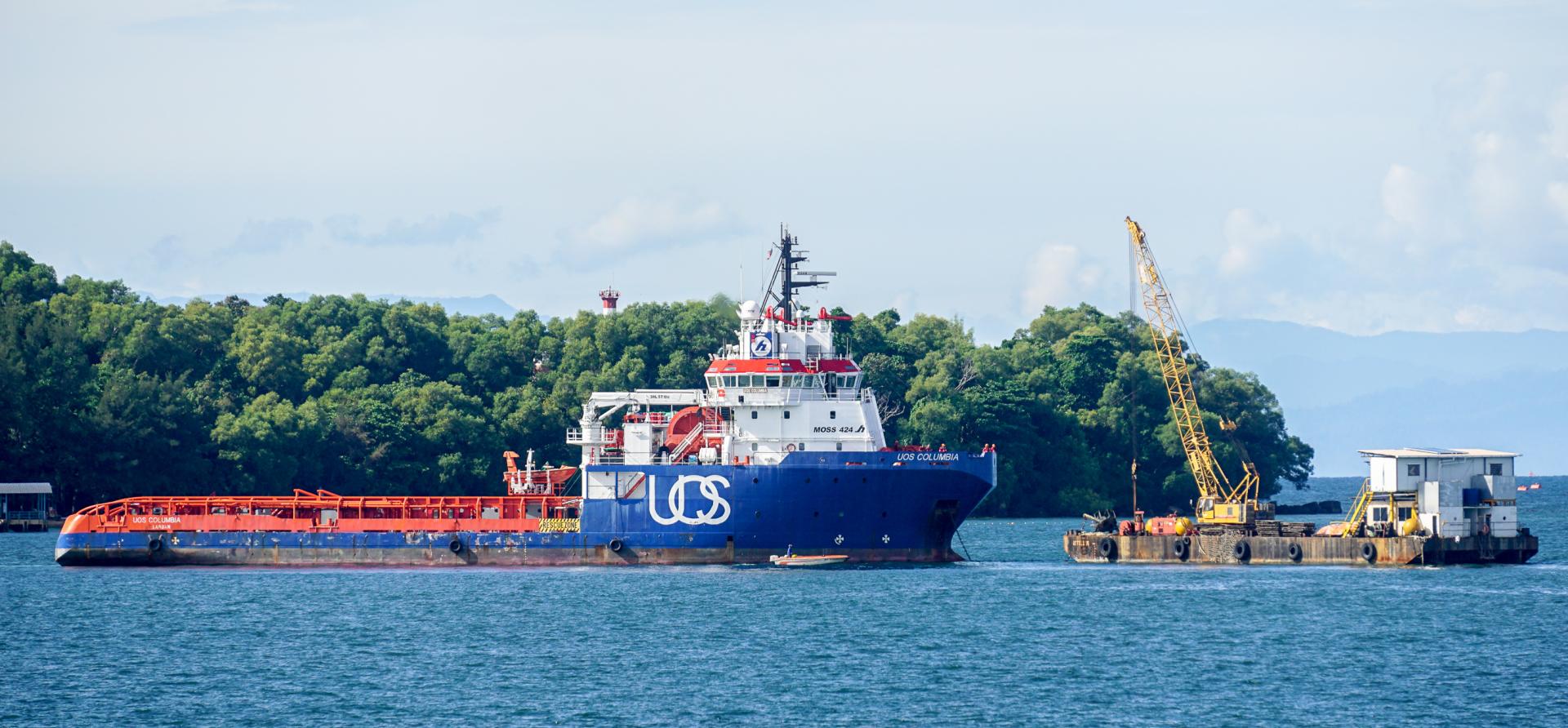Asia-Pacific lags global oil and gas industry in shift from carbon
Download Full Report
View Press Release

Key Findings
The Asia-Pacific (APAC) region supplies 10%-15% of global oil and gas (O&G) needs, and at the same time it is the largest and second largest consumer of oil and gas respectively, creating opportunities for alternative energy sources.
Most O&G firms in APAC lack detailed plans to decarbonize and adopt a wait-and-see approach to new energy.
The low gearing of big O&G players leaves shareholders, rather than lenders, with more say in the sector going green.
China and India both hold potential for leading APAC in the global transition from fossil fuels in light of the size and profile of their economies and their lion’s share of O&G sector borrowing.
Region's O&G players and financiers failing to keep pace in net-zero transition landscape
Executive Summary
Climate and environmental considerations are increasingly a key component of investment decision-making. Not just by corporates but by the financial sector, too. So much so that most of the world’s major banks and institutional investors have policies to exit or lessen their exposure to coal.
Oil and gas – fossil fuels that release carbon when combusted and, in turn, contributes to climate change – are likely to be the next commodities affected by the financing sector’s focus on “greening” their balance sheets.
This paper aims to understand the current sources of finance utilized by the Asia-Pacific (APAC) region’s major oil and gas (O&G) producers, how this may change in the near future as investors and lenders double down on their own net-zero targets, and whether regional O&G companies have started any meaningful efforts toward establishing their own net-zero commitments and implementation pathways.
The paper delves into upstream exploration and production activities within the O&G sector due to their integral role in the supply and price-setting of these commodities. The O&G-producing economies in Asia-Pacific that have been included within this analysis are Australia, Bangladesh, Brunei, China, Hong Kong, India, Indonesia, Japan, Malaysia, Myanmar, Pakistan, Papua New Guinea, Singapore, South Korea, Taiwan, Thailand and Vietnam.
A summary of our findings is as follows.
In terms of APAC oil production, China, India and Indonesia are the largest. Regional output over the decade up to 2021 declined at 1.2% per annum. On gas production, China, Australia, Malaysia and Indonesia are APAC’s biggest. The same decade saw a 3.1% per-annum increase in APAC production, with India, China, Australia and Pakistan in particular exceeding their 2019 levels in 2021.
O&G companies in APAC have begun setting net-zero targets and revenue diversification strategies. Most of them are at the early stages of decarbonization and do not have detailed implementation plans. In terms of investing in new energy technologies, many are adopting a wait-and-see approach, thus lagging behind global peers.
Company filings indicate that O&G companies on average are more reliant on equity than debt financing as a critical source of capital. Debt-to-total capital ratios are at around 32% across aggregate data on 259 O&G companies for which financial information was obtained.
Larger players exhibit high debt balances but more moderate gearing levels than their smaller peers.
The data also demonstrates that highly geared companies are an anomaly in the O&G space – further backing up the observation of a general reliance on equity finance by the sector. They make up just 14 of the 259 in the data set. Such companies are generally smaller, with an average outstanding debt balance of US$820 million compared to the sector average of US$2.2 billion. They are concentrated in China and Indonesia, which are home to 11 of the 14 most highly geared companies.
Debt capital is mostly concentrated in just 27 out of the 259 entities. These 27 together represent 80% of the debt market for O&G in the region and are mainly based in China (including Hong Kong) and India, with about US$280 billion in O&G indebtedness between them.
Looking forward, APAC features prominently in the O&G sector’s expansion plans. Companies headquartered or planning an expansion in the region make up almost half of the list of top 50 companies worldwide by planned capacity expansion.
Six regional companies were identified under the combined criteria of high outstanding borrowings and significant investment plans for O&G production growth:
- China National Offshore Oil Corporation (CNOOC) Limited, China
- Woodside Energy Group, Australia
- China Petroleum & Chemical Corporation (Sinopec), China
- PetroChina Company Limited, China
- Oil and Natural Gas Corporation, India
- Santos Limited, Australia
They present a shortlist of companies which would need to establish more robust decarbonization plans in order to ensure continuing support from lenders, given the increasing focus of financial institutions on the carbon footprint of their own operations, including those of their investees, borrowers and clients.
While these companies do not have high leverage levels, the data shows an overwhelming use of bonds as a source of debt capital – the aggregate borrowing of the six companies is made up of 91% bond finance and 9% bank loans.
Lenders and bond investors based in China (including Hong Kong) and India account for around two-thirds of the debt capital utilized by the top 27 borrowers. Significant changes in lending and investing practices are necessary for these institutions to align with the national net-zero targets of their home countries. If they are members of the Glasgow Financial Alliance for Net Zero (GFANZ), changes are also necessary to fulfill obligations of the group. Member organizations are committed to aligning their lending and investment portfolios with net-zero emissions by 2050, and with intermediate targets for 2030 or sooner using robust, science-based guidelines. These goals cover all operations of the firms, not just capital provision.
GFANZ lacks membership representation from China and India. However, as GFANZ membership grows in the coming years, capital raising for O&G businesses will get harder as more financiers take up the net-zero cause.















